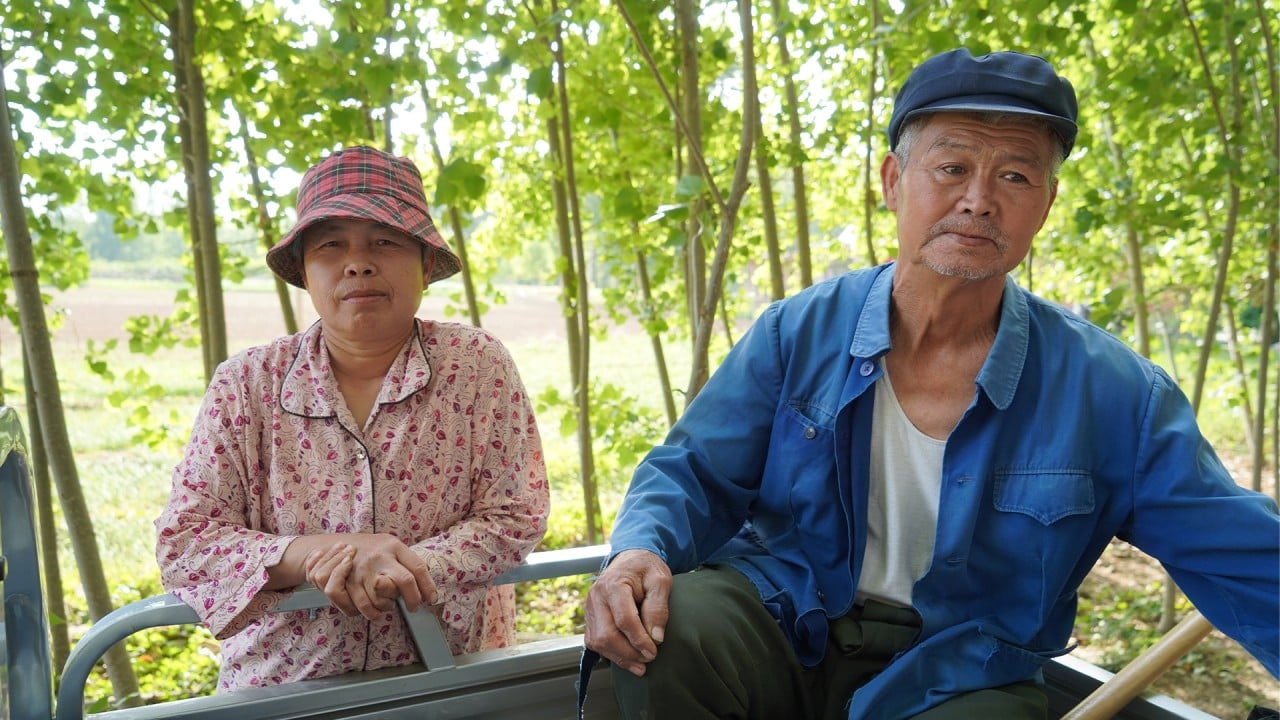In a revised version of an implementation plan for care services covering those both young and old, Beijing said it will further improve resource networks in rural areas. The new iteration of the plan was published in a document released Tuesday by the National Development and Reform Commission – the country’s top economic planner – as well as the Ministry of Civil Affairs and the National Health Commission.
In the adjusted plan, Beijing bumped up subsidies for new establishments for both elderly care and childcare, with each new bed for elderly care added to an eligible facility netting the facility a grant of 50,000 yuan (US$6,911), and 20,000 yuan for each new slot in universal childcare service venues.
In the original plan, published in June 2021, the corresponding rates were 20,000 yuan and 10,000 yuan per new slot.
These looming worries have cast a shadow over the nation’s economic growth – already haunted by a slump in the property market, debt woes for local governments and a need to alter China’s conventional investment and export-oriented growth model as global socioeconomic conditions grow complicated.
China had 216.76 million people aged over 65 last year, up from 200 million in 2021 according to official data. The Economist Intelligence Unit said in a February report that people over 60 will account for 32.7 per cent of China’s population by 2035, up from 21.1 per cent in 2023. The proportion of those 65 and above will also rise, from 15.4 per cent last year to 25.1 per cent by 2035.
Low birth rates have compounded these trends. The country’s population dropped for a second year in a row in 2023, down to 1.4097 after a 2.08-million-person decline. In the same year, only 9.02 million births were reported – the lowest level since record-keeping began in 1949.
However, the original plan had apportioned up to 100 million yuan to pilot cities as part of a project for what were termed “child-friendly cities”, places which would build robust public services to improve quality of life for the youth.
“Support will be extended to public healthcare institutions in areas with surplus medical resources and underutilised bed capacity to establish new facilities,” it said, “or expand existing ones for integrated medical and elderly care services.”



